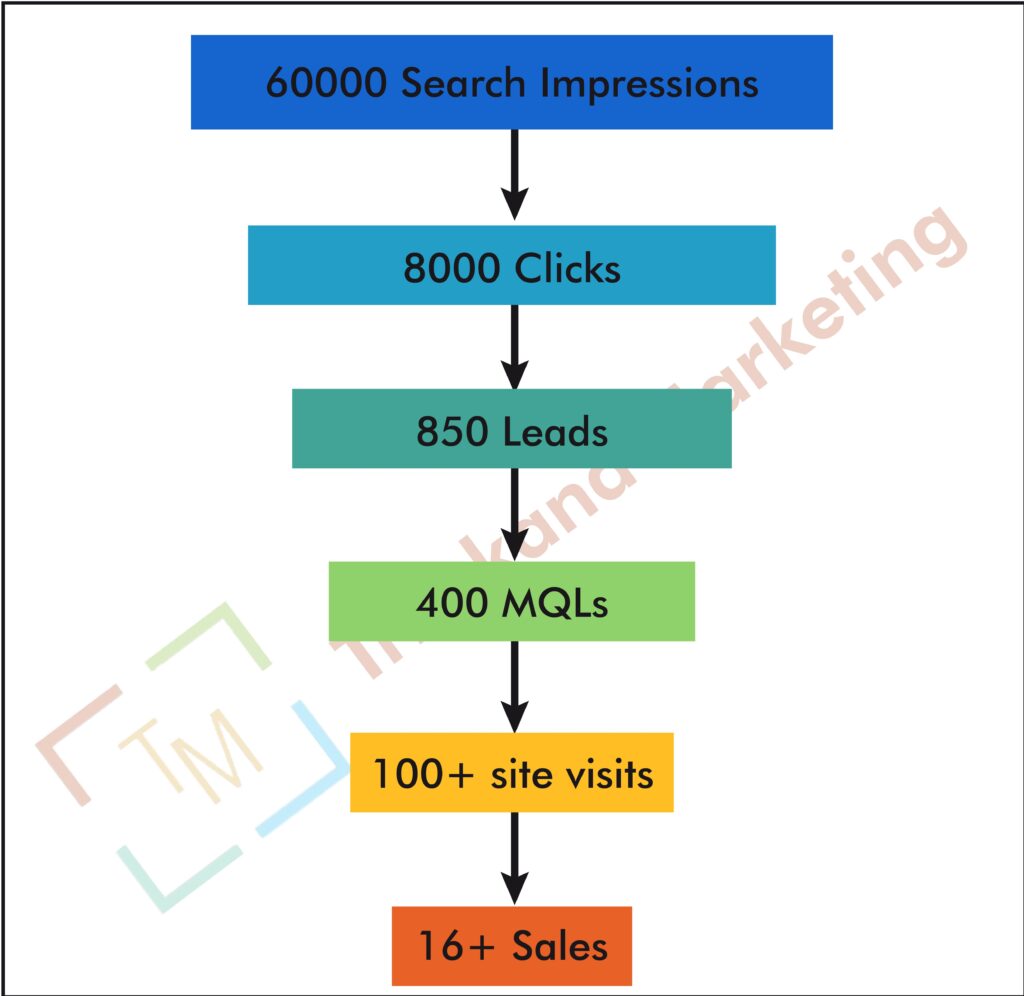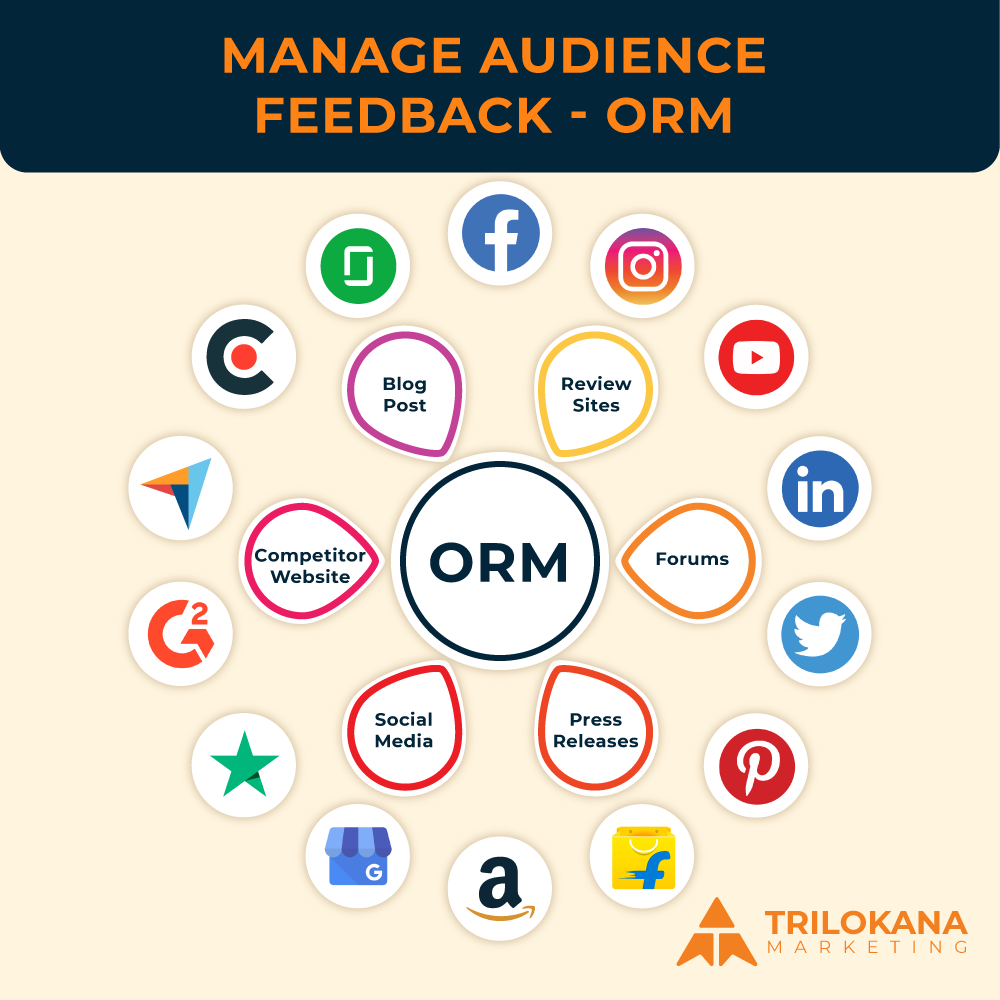Landing pages are powerful tools for digital marketing, designed to drive specific actions from visitors. However, simply creating a landing page is not enough. To truly maximize its effectiveness, you must monitor and analyze key performance metrics. Tracking the right metrics provides valuable insights into how your landing page is performing, what resonates with your audience, and what areas need improvement.
In this article, we’ll dive into the essential metrics you should track for landing pages, why they matter, and how to use the data to optimize your campaigns.
Why Landing Page Analytics Matter
Landing page analytics offer a clear picture of how visitors interact with your page. By measuring the effectiveness of various elements—such as headlines, CTAs, and design—you can identify strengths and weaknesses. This data-driven approach helps you:
- Improve Conversions: Understand what drives users to take action.
- Optimize User Experience: Identify and fix pain points in navigation or layout.
- Increase ROI: Ensure your marketing budget is used effectively.
- Refine Campaigns: Make informed adjustments to align with audience preferences.
Top Metrics to Track for Landing Page Analytics
1. Traffic Sources
Understanding where your visitors come from is crucial. Traffic sources can include:
- Organic Search: Visitors who find your page through search engines.
- Paid Ads: Traffic generated by PPC campaigns.
- Social Media: Clicks from platforms like Facebook, LinkedIn, or Instagram.
- Email Marketing: Visitors who arrive via links in your email campaigns.
Why It Matters:
Knowing your traffic sources helps you determine which channels are driving the most valuable visitors. For example, if social media campaigns bring high traffic but low conversions, you may need to adjust your targeting or messaging.
2. Visitors and Unique Visitors
- Total Visitors: The number of individuals who visit your landing page.
- Unique Visitors: The count of distinct users (excluding repeat visits).
Why It Matters:
Tracking visitors provides insight into the reach of your campaign. A high number of unique visitors indicates strong interest, while repeat visits suggest ongoing engagement or hesitation.
3. Bounce Rate
The bounce rate represents the percentage of visitors who leave your landing page without interacting or taking further action.
Why It Matters:
A high bounce rate can signal issues like:
- Irrelevant content.
- Poor user experience.
- Mismatched expectations between your ad or link and the landing page content.
How to Improve Bounce Rate:
- Ensure alignment between your ad copy and landing page content.
- Optimize page load speed.
- Use compelling visuals and clear CTAs.
4. Average Time on Page
This metric tracks how long visitors spend on your landing page.
Why It Matters:
Longer time on page typically indicates that visitors find your content engaging and informative. Conversely, a short time on page may suggest that your page isn’t meeting user expectations.
Ways to Improve Time on Page:
- Create engaging content with visuals, videos, and bullet points.
- Make the value proposition clear and prominent.
- Use storytelling techniques to hold attention.
5. Conversion Rate
The conversion rate is the percentage of visitors who complete the desired action, such as signing up for a newsletter, making a purchase, or filling out a form.
Why It Matters:
This is the ultimate measure of your landing page’s success. A high conversion rate means your page effectively drives users to take action.
How to Boost Conversion Rate:
- Test different CTAs to find what resonates.
- Simplify the form fields to reduce friction.
- Add social proof, such as testimonials or trust badges.
6. Form Abandonment Rate
If your landing page includes a form, this metric measures the percentage of users who start but don’t complete it.
Why It Matters:
A high abandonment rate can indicate issues like:
- Long or complex forms.
- Privacy concerns.
- Lack of clarity on what the user gains by completing the form.
How to Reduce Form Abandonment:
- Keep forms short and relevant.
- Use auto-fill features to streamline input.
- Clearly communicate the benefits of completing the form.
7. Click-Through Rate (CTR)
The CTR measures the percentage of users who click on a specific link, such as your CTA button.
Why It Matters:
CTR shows how compelling and effective your CTA is. A low CTR may indicate that your messaging or design needs improvement.
Strategies to Improve CTR:
- Use action-oriented language in your CTA.
- Test button colors, sizes, and placements.
- Ensure that the CTA stands out visually.
8. Page Load Time
Page load time measures how quickly your landing page loads.
Why It Matters:
A slow-loading page can frustrate visitors and increase your bounce rate. Studies show that even a one-second delay can significantly impact conversions.
How to Improve Page Load Time:
- Optimize images and videos.
- Use a reliable hosting service.
- Minimize unnecessary plugins and scripts.
9. Heatmaps
Heatmaps provide visual data on how users interact with your page, highlighting areas where they click, scroll, or hover.
Why It Matters:
Heatmaps help you understand user behavior, revealing which elements grab attention and which are ignored.
Using Heatmaps Effectively:
- Identify underperforming areas and revise them.
- Optimize high-engagement sections with stronger CTAs.
- Place important information in areas where users focus most.
10. Exit Rate
The exit rate shows the percentage of users who leave your website from your landing page.
Why It Matters:
A high exit rate can indicate that your landing page fails to provide a compelling reason to stay or take action.
How to Reduce Exit Rate:
- Add engaging follow-up options, such as related content links.
- Test different page designs to retain visitors.
- Use exit-intent popups offering discounts or additional resources.
Tools for Tracking Landing Page Metrics
Several tools can help you monitor and analyze landing page performance, including:
- Google Analytics: Comprehensive tracking for visitor behavior and traffic sources.
- Hotjar: Provides heatmaps, session recordings, and form analysis.
- Crazy Egg: Offers A/B testing, heatmaps, and user behavior insights.
- HubSpot: Tracks conversions and integrates with your marketing campaigns.
- Unbounce: Includes built-in analytics for its landing page builder.
Optimizing Based on Metrics
Tracking metrics is only the first step; using the insights to make data-driven decisions is what leads to improvement.
Steps for Optimization:
- Analyze Trends: Look for patterns in visitor behavior and identify areas for enhancement.
- A/B Testing: Experiment with different headlines, CTAs, and designs to find what works best.
- Iterate and Improve: Continuously refine your landing page based on performance data.
- Set Benchmarks: Compare your metrics against industry standards or past campaigns.
Conclusion
Landing page analytics are the backbone of a successful digital marketing strategy. By tracking metrics like traffic sources, bounce rate, conversion rate, and more, you can gain actionable insights into what’s working and what needs improvement.
The key is to remain proactive—regularly analyze data, test new ideas, and refine your approach. With the right metrics and tools, you can transform your landing pages into high-performing assets that drive conversions and fuel business growth.
Caption for Social Media:
“📊 Tracking the right metrics is the secret to landing page success! Learn how to optimize your campaigns with data-driven insights. #DigitalMarketing #LandingPages”



